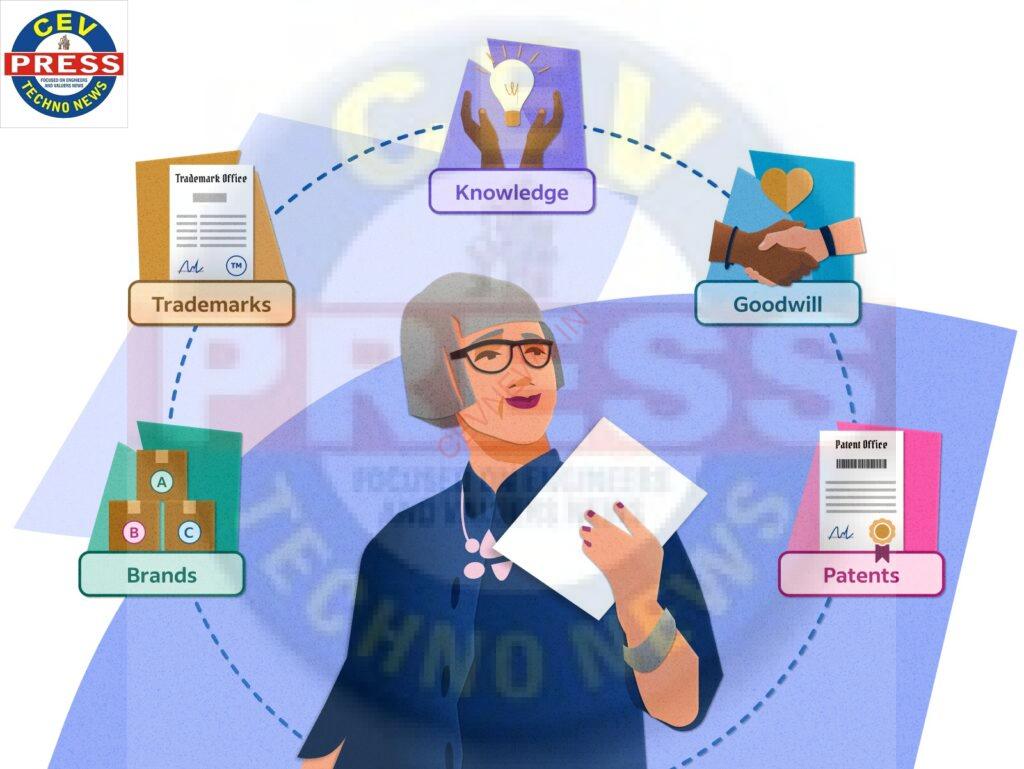INTANGIBLE ASSETS UNDER DEVELOPMENT AND RESEARCH ASSETS
Intangible Assets Under Development and Research Assets: Unlocking India’s Innovation Potential
In India, the landscape of intangible assets under development and research assets is gaining increasing prominence as the country strives towards becoming a global innovation hub. These assets, often overlooked in traditional accounting practices, hold immense value in driving economic growth and technological advancement. Let’s delve into the key points surrounding this pivotal topic.
1. Definition and Importance:
- Intangible assets under development encompass intellectual property, proprietary technology, brands, and other intangible resources actively being developed or researched.
- Research assets denote investments in R&D activities, including expenditures on innovation, product development, and technological research.
- Recognizing and valuing these assets are crucial for businesses to accurately assess their true worth and potential for future growth.
2. Driving Innovation and Competitiveness:
- Effective management of intangible assets fuels innovation by providing companies with a competitive edge in the marketplace.
- Investments in research assets contribute to the development of cutting-edge technologies, fostering a culture of innovation and entrepreneurship.

3. Legal Framework and Protection:
- India’s legal framework, including intellectual property laws, patents, and trademarks, plays a pivotal role in safeguarding intangible assets.
- Adequate protection encourages companies to invest in research and development with the assurance of reaping the benefits of their innovations.
4. Challenges and Opportunities:
- Limited awareness and understanding of intangible assets pose challenges for businesses in effectively leveraging their intellectual capital.
- Access to funding and resources remains a hurdle for startups and small enterprises engaged in research and development activities.
- However, initiatives such as government grants, subsidies, and tax incentives present opportunities for businesses to invest in innovation and research.
5. Collaboration and Knowledge Sharing:
- Collaboration between academia, industry, and government institutions fosters the exchange of knowledge and resources, driving collective innovation efforts.
- Open innovation models encourage partnerships and alliances, facilitating the development and commercialization of novel ideas and technologies.
6. Financial Reporting and Valuation:
- Integrating intangible assets into financial reporting frameworks enhances transparency and provides stakeholders with a comprehensive view of a company’s value.
- Valuation methodologies such as the cost approach, market approach, and income approach are utilized to assess the worth of intangible assets and research investments.
7. Future Outlook:
- As India continues its journey towards becoming a knowledge-based economy, the significance of intangible assets and research investments will only grow.
- Embracing innovation-centric policies, fostering a conducive ecosystem, and promoting a culture of creativity and entrepreneurship are paramount for unlocking India’s innovation potential.
Recognizing the value of intangible assets under development and research assets is essential for India’s sustainable economic growth and global competitiveness. By addressing challenges, fostering collaboration, and implementing robust policies, India can harness its rich reservoir of intellectual capital to drive innovation and prosperity in the years to come.


